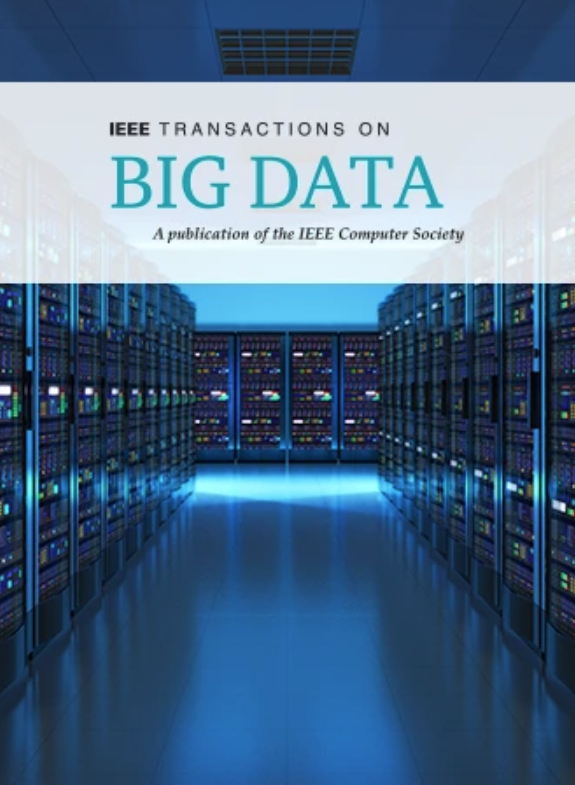基于注意力启发时序时序卷积网络的工业活动识别大数据分析
IF 5.7
3区 计算机科学
Q1 COMPUTER SCIENCE, INFORMATION SYSTEMS
引用次数: 0
摘要
近年来,基于深度学习的人类活动识别(HAR)方法极大地改变了许多领域。然而,在工业应用中采用大数据技术仍然具有挑战性,因为存在诸如广义权重优化、视角多样化以及视频复杂的时空特征等问题。为了应对这些挑战,本工作提出了一个由两个主要阶段组成的工业HAR框架。首先,引入挤压瓶颈注意块(SBAB)来增强骨干模型的上下文学习能力,从而选择和细化最优特征向量。在第二阶段,我们提出了一个有效的时序时序卷积网络(STCN),该网络以并行方式设计,以减轻与序列学习相关的梯度爆炸和消失问题。通过我们提出的SBAB,对来自STCN的高维时空特征向量进行进一步的细化,以优化HAR的特征并提高整体性能。通过对六个数据集(包括来自工业和一般活动的数据)的广泛实验,验证了所提议框架的有效性。本文章由计算机程序翻译,如有差异,请以英文原文为准。
Big Data Analysis for Industrial Activity Recognition Using Attention-Inspired Sequential Temporal Convolution Network
Deep-learning-based human activity recognition (HAR) methods have significantly transformed a wide range of domains over recent years. However, the adoption of Big Data techniques in industrial applications remains challenging due to issues such as generalized weight optimization, diverse viewpoints, and the complex spatiotemporal features of videos. To address these challenges, this work presents an industrial HAR framework consisting of two main phases. First, a squeeze bottleneck attention block (SBAB) is introduced to enhance the learning capabilities of the backbone model for contextual learning, which allows for the selection and refinement of an optimal feature vector. In the second phase, we propose an effective sequential temporal convolutional network (STCN), which is designed in parallel fashion to mitigate the issues of exploding and vanishing gradients associated with sequence learning. The high-dimensional spatiotemporal feature vectors from the STCN undergo further refinement through our proposed SBAB in a sequential manner, to optimize the features for HAR and enhance the overall performance. The efficacy of the proposed framework is validated through extensive experiments on six datasets, including data from industrial and general activities.
求助全文
通过发布文献求助,成功后即可免费获取论文全文。
去求助
来源期刊

IEEE Transactions on Big Data
Multiple-
CiteScore
11.80
自引率
2.80%
发文量
114
期刊介绍:
The IEEE Transactions on Big Data publishes peer-reviewed articles focusing on big data. These articles present innovative research ideas and application results across disciplines, including novel theories, algorithms, and applications. Research areas cover a wide range, such as big data analytics, visualization, curation, management, semantics, infrastructure, standards, performance analysis, intelligence extraction, scientific discovery, security, privacy, and legal issues specific to big data. The journal also prioritizes applications of big data in fields generating massive datasets.
 求助内容:
求助内容: 应助结果提醒方式:
应助结果提醒方式:


